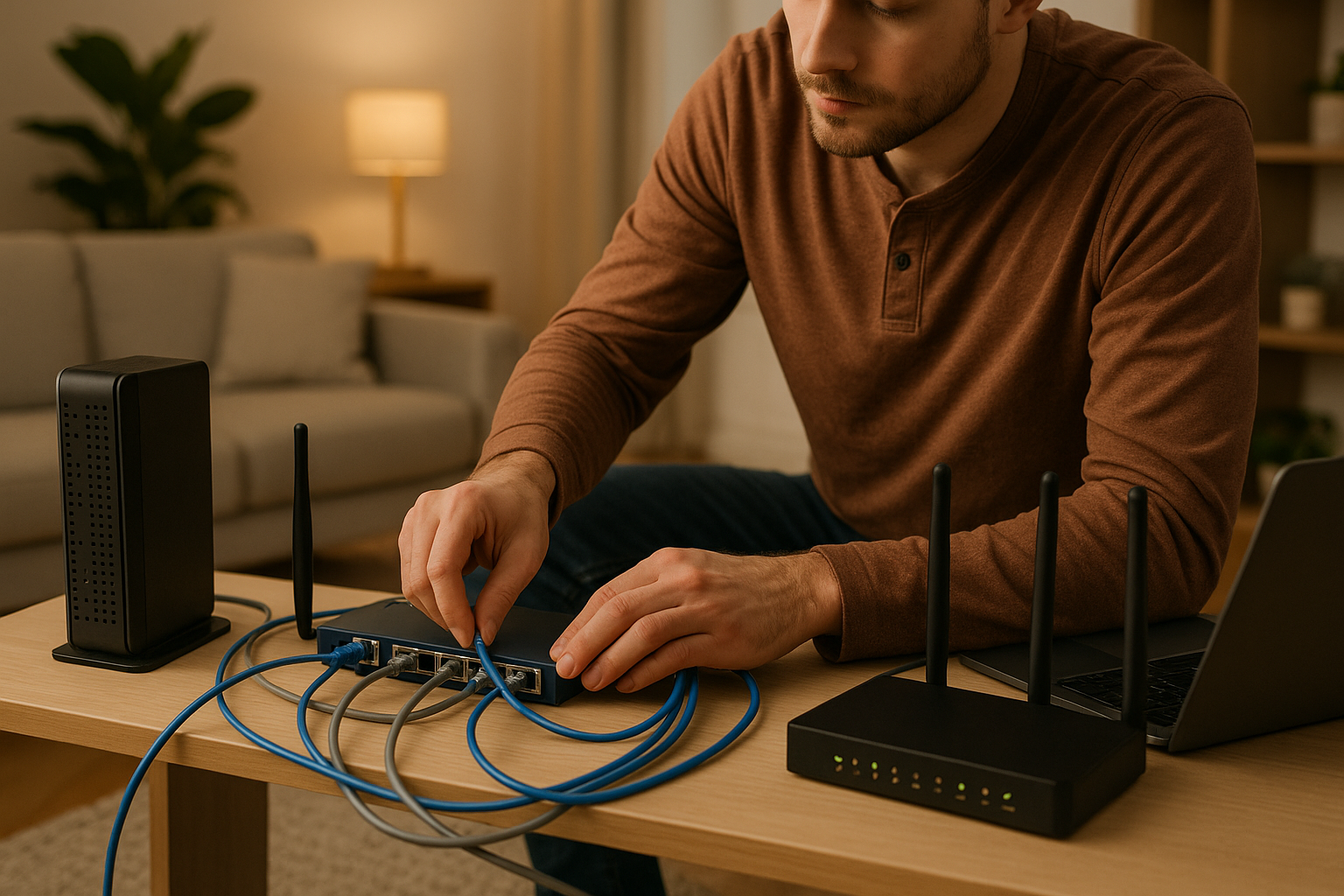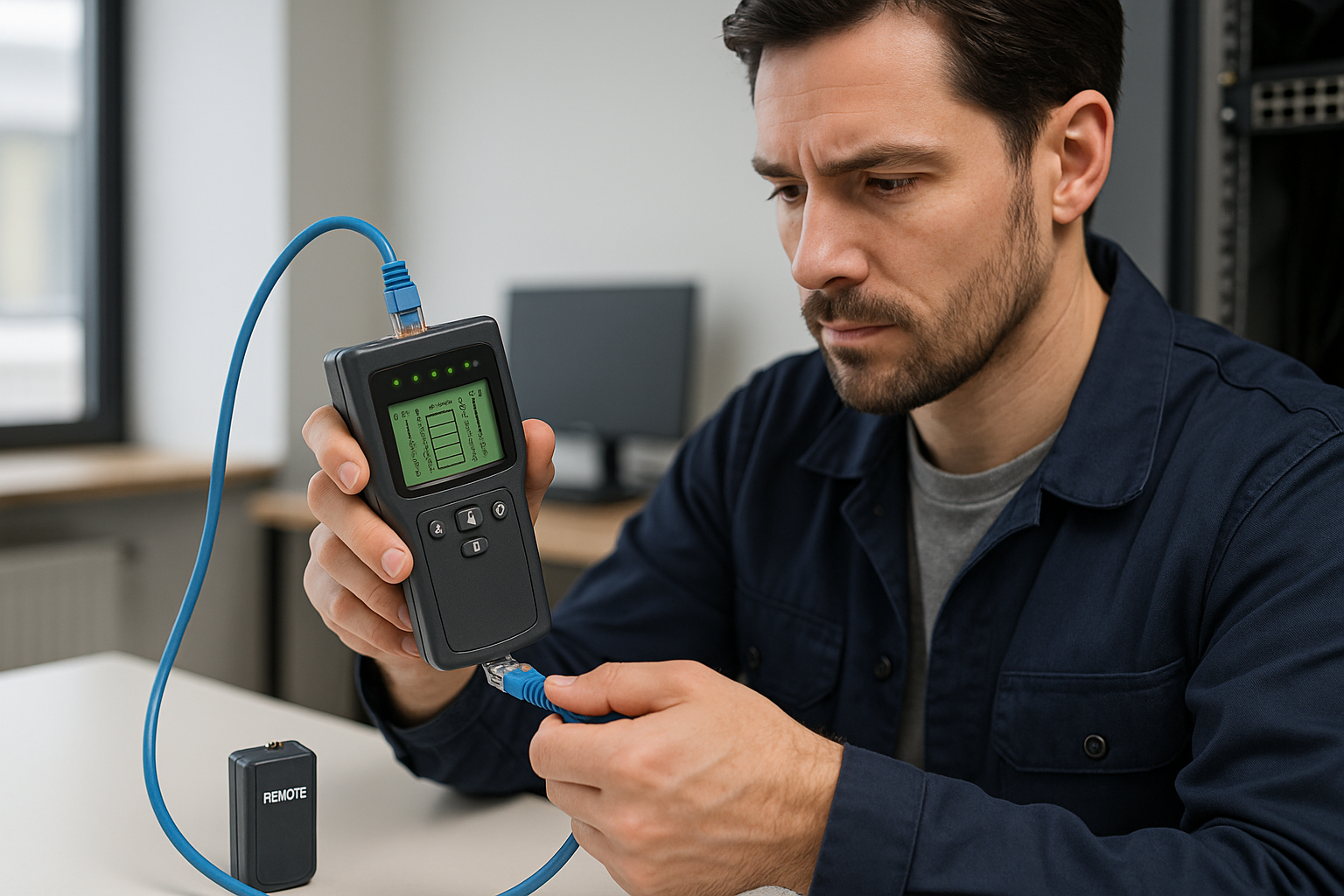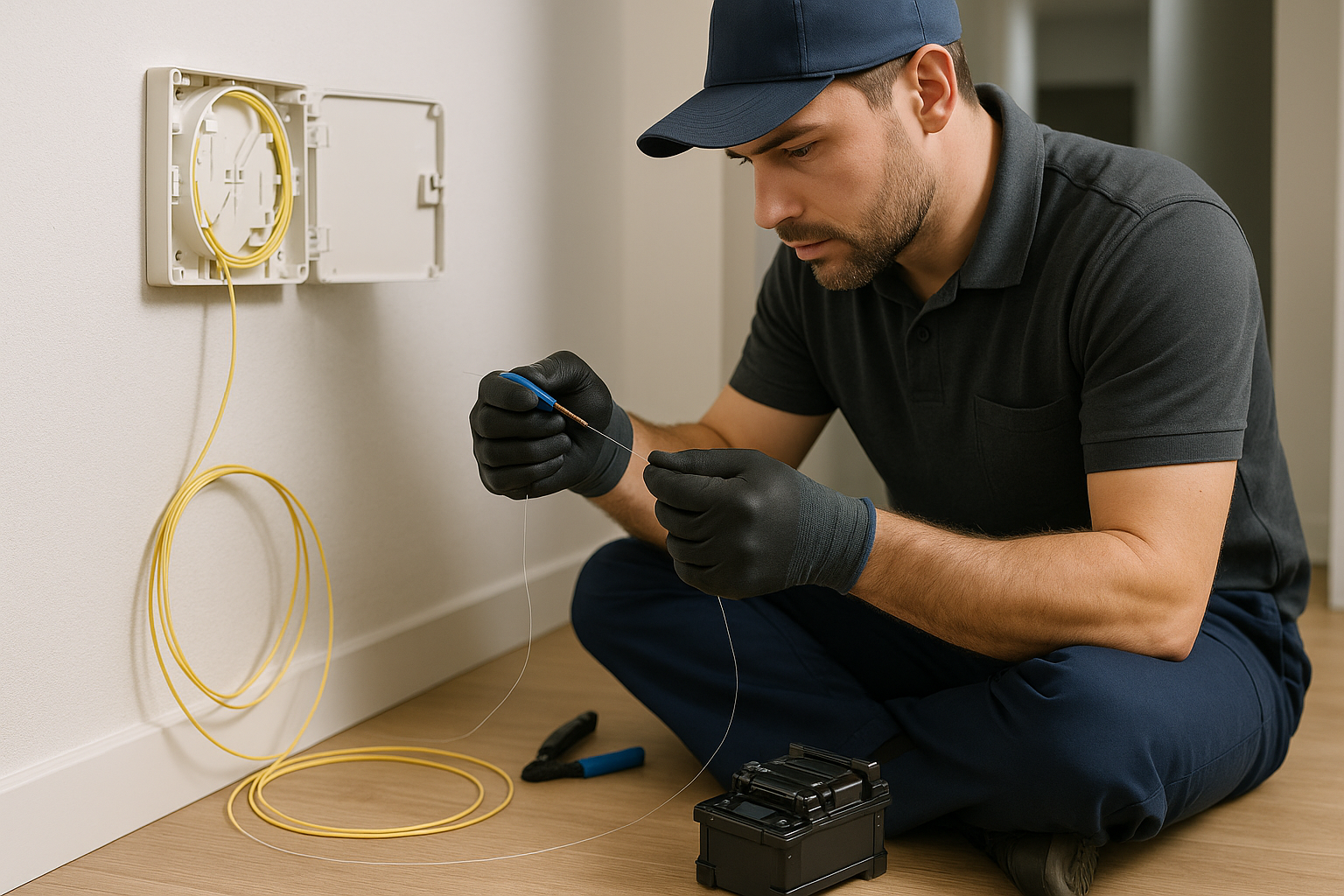What is a 'LSZH' network cable?
- , by
- 1 min reading time

LSZH stands for Low Smoke, Zero Halogen. LSZH network cables have a fire-resistant outer sheath. This provides safety in emergency situations in the office and home.
LSZH stands for Low Smoke, Zero Halogen. LSZH network cables have a fire-resistant outer sheath. Cables with abbreviations such as 'LSZH', 'ZHFR', 'OHLS', 'LSOH', 'LS0H' or 'LSFH' also mean the same: in the event of fire and/or overheating, the sheath will emit little smoke and no halogen . This provides safety in emergency situations in the office and home. In practice, Low Smoke means that the small amount of smoke that inevitably comes from burning plastic is thin smoke, which you can still see through to find the exit.
When do you use an LSZH network cable?
Whether you need a PVC or LSZH sheath for your network cable depends on the use. PVC cables are generally used for horizontal connections, for example in an office building where there is a switch or other hub on each floor.
LSZH cables are used for, you may have guessed it, vertical installations. Between floors in buildings, for example in a cable duct. The sheathing of LSZH cables is fire-resistant and will increase safety within buildings.
In practice, LSZH Cables are mainly used in new construction projects such as offices. But as a private individual you can also choose to install your network with LSZH cables.
What is the difference between PVC and LSZH cables?
The cloak is the difference. The LSZH is safer to use, but also costs a bit more to purchase. The LSZH network cable can also be a bit stiffer than its PVC colleague.
Please note, it sometimes happens that landlords of office spaces require that LSZH cables be used if you rent a space from them.
Tags
Related categories
Check out our other blogs
-

, by Jarno Heideman How do you easily set up a home network yourself?
-

, by Jarno Heideman What are the color codes of UTP cables and how do you use them correctly?
-

, by Jarno Heideman How do you test a UTP cable without making mistakes?
-

, by Jarno Heideman How do you connect fiber optic yourself without any hassle at home?



